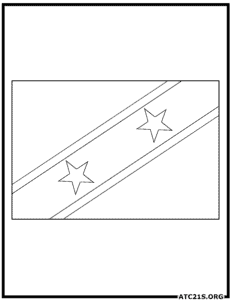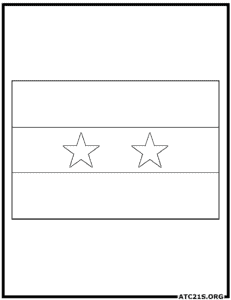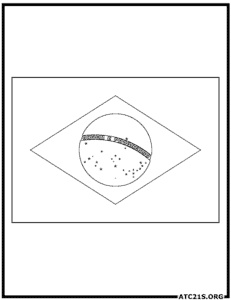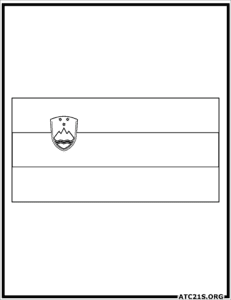Estonia Flag Coloring Page Download
Estonia Flag Description
The flag of Estonia is a horizontal tricolor consisting of three equal-sized bands of blue, black, and white. The flag’s proportions are 7:11, meaning that the width of the flag is 7 units and the length is 11 units. The blue band is located at the top, followed by the black band in the middle, and the white band at the bottom.
The flag of Estonia has a rich history that dates back to the 13th century when the region was under Danish rule. The Danish flag, known as the Dannebrog, is believed to have influenced the design of the Estonian flag. The blue color represents loyalty, faith, and devotion, while the black color symbolizes the dark past of the Estonian people, including the years of foreign occupation. The white color represents purity, hope, and the bright future of Estonia.
The current design of the Estonian flag was officially adopted on November 21, 1918, when Estonia declared its independence from Russia. However, the flag had been used unofficially since the 19th century by Estonian nationalist movements. During the Soviet occupation from 1940 to 1991, the use of the Estonian flag was prohibited, and displaying it was considered a symbol of resistance against the Soviet regime.
After regaining independence in 1991, the Estonian flag became a powerful symbol of national identity and unity. It is widely displayed on public buildings, private residences, and during national holidays and events. The flag is also used by Estonian diaspora communities around the world to express their connection to their homeland.
The flag of Estonia has undergone some minor changes throughout history. In 1922, a coat of arms was added to the upper hoist-side corner of the flag, but it was removed in 1940 during the Soviet occupation. The coat of arms was reinstated in 1990, featuring a golden shield with three blue lions, representing strength and courage.
Overall, the flag of Estonia represents the country’s struggle for independence, its resilience, and its hopes for a prosperous future. It is a powerful symbol of national pride and unity for the Estonian people.












